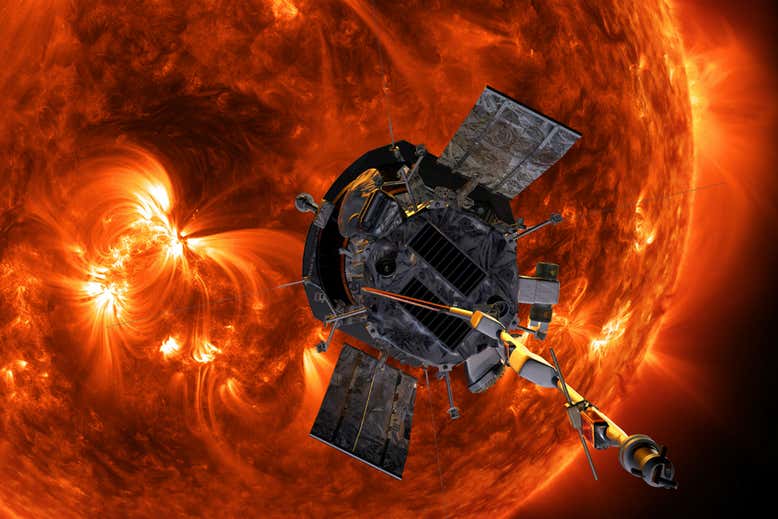NASA’s Parker Solar Probe has survived its 10th close encounter with the Sun. In this process, it broke two more world records.
On November 21, 2021, at 4:25 am EST (08:25 GMT), the robotic deep space probe arrived within 5.3 million miles (8.5 million km) from the surface of the sun. It also reached a speed of 363,660 mph (586,864 km/h) in this process.
This makes it the closest satellite to survive at such a close approach from the Sun, and also the fastest-ever man-made object.
According to the NASA and mission operators at the Johns Hopkins Applied Physics Laboratory the probe is in perfect condition and is operating optimally.
It not only broke the records but also detected higher than expected amounts of dust near the Sun. Nour Raouafi, Parker Solar Probe project scientist explained, ‘What’s exciting about this is it’s greatly improving our understanding of the innermost regions of our heliosphere, giving us insight into an environment that, until now, was a total mystery,’
The Parker Solar Probe was launched on August 12, 2018, from Cape Canaveral Air Force Station. At present, it is at the halfway point of its seven-year mission to study the Sun. In total, scientists want it to complete 24 increasingly closer orbits to the Sun. In these encounters, it is set to come within 4.3 million miles (6.9 million km) of the surface of the Sun and reach speeds of over 430,000 mph (690,000 km/h).







